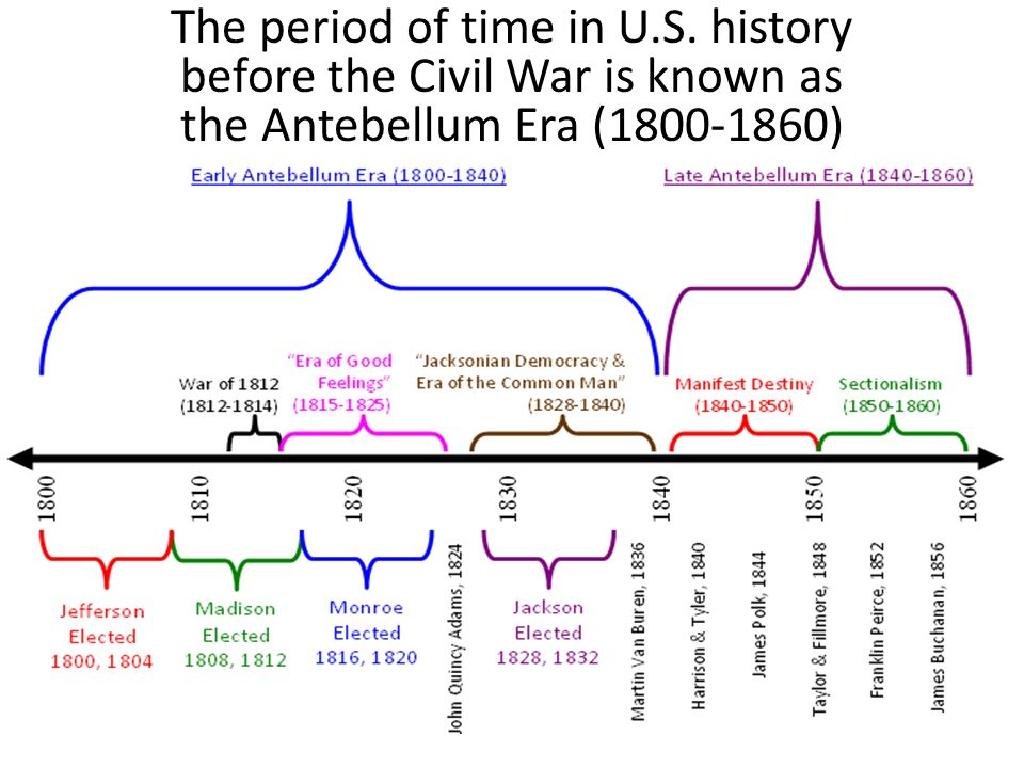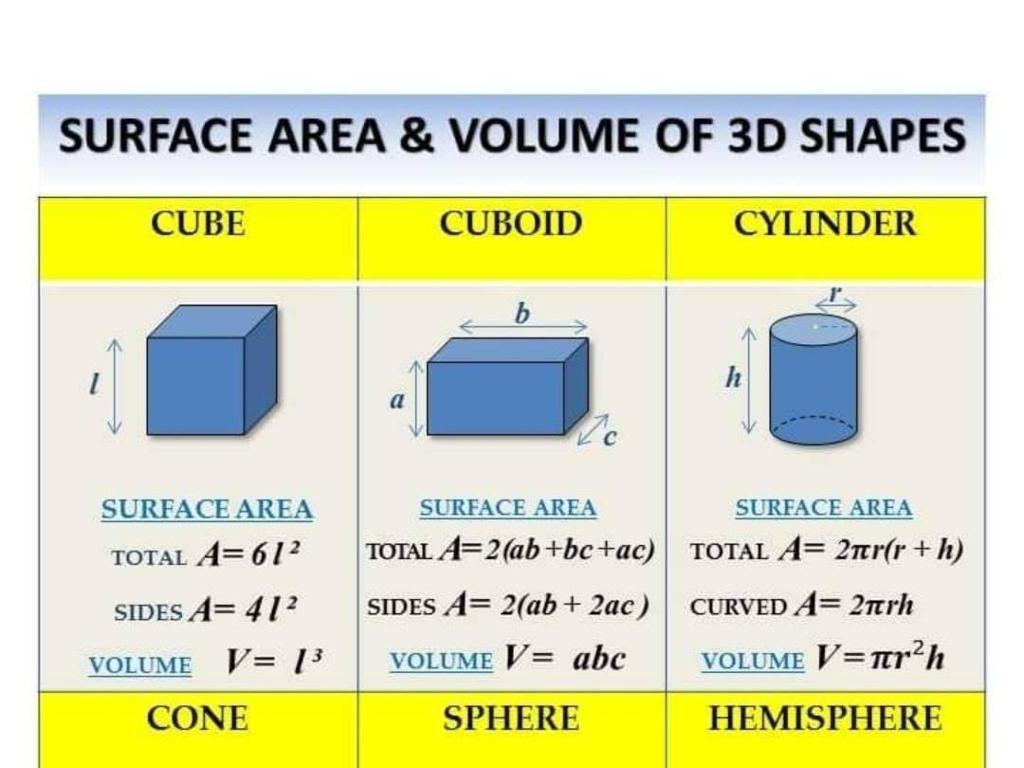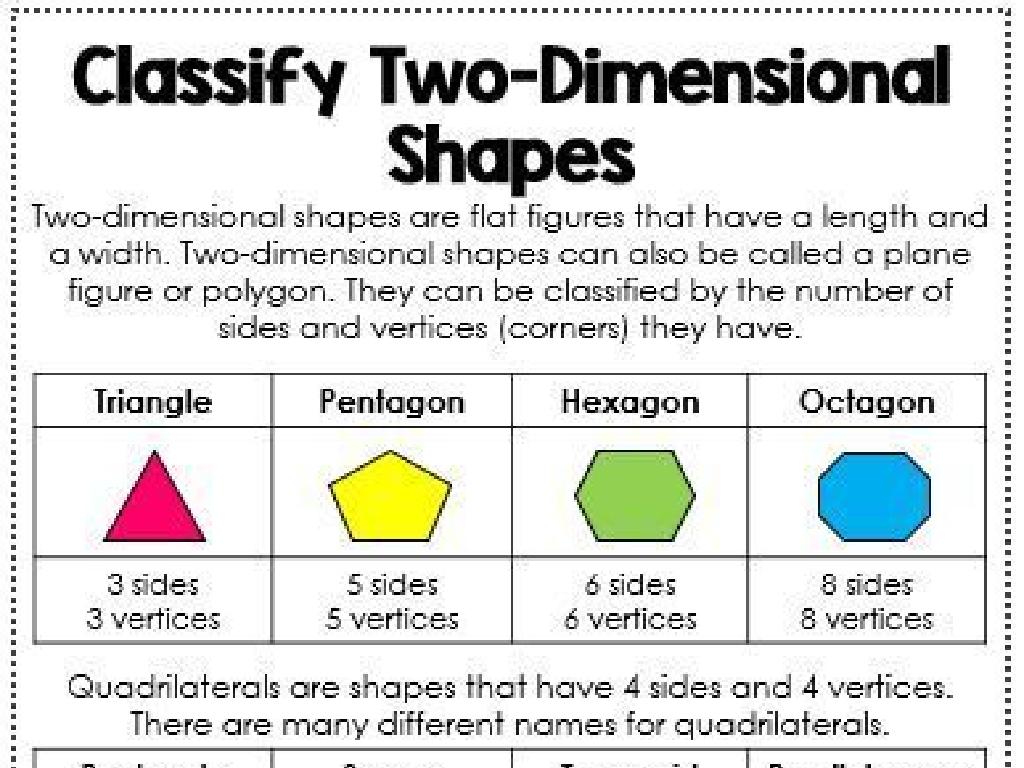Read Realistic Fiction
Subject: Language arts
Grade: First grade
Topic: Read-Alone Literary Texts
Please LOG IN to download the presentation. Access is available to registered users only.
View More Content
Welcome to Reading Time!
– Exploring the world of stories
– What is Fiction?
– Fiction is made-up tales from our minds
– Discover ‘Realistic Fiction’
– Stories that seem real but are not
– Imagining Realistic Stories
– Think of a story about school or friends
|
This slide introduces first graders to the concept of fiction, particularly focusing on realistic fiction. Begin by explaining that fiction is a type of story that comes from our imagination. These stories are not true but are created for enjoyment and learning. Realistic fiction is a genre where the stories are made up but could very well happen in real life, like a story about a new kid in school or a lost pet. Encourage the children to think of scenarios from their own lives that could make a good realistic fiction story, such as a day at the beach or a birthday party. This will help them connect with the material and understand the difference between make-believe and realistic fiction.
Exploring Realistic Fiction
– Characters like you and me
– People in the story do things we do every day.
– Settings we know
– Familiar places like our homes, schools, or parks.
– Events that could happen
– Things that happen in the story could happen to us too.
|
This slide introduces the concept of realistic fiction to first graders by highlighting its relatable aspects. Realistic fiction stories have characters with whom children can identify, settings that are familiar to them, and events that mirror real-life experiences. Encourage students to think about how the characters in these stories might feel and react in situations similar to their own lives. Discuss how the setting of a story can be just like the places they visit. Emphasize that the events in realistic fiction are things that could happen to anyone, which helps them connect with the story. Use examples from popular children’s books that fit the realistic fiction genre.
Meet the Characters in Realistic Fiction
– Characters with jobs and families
– Think of your family or people you know with interesting jobs.
– They have feelings like us
– Remember a time you were happy or sad; characters feel that too.
– Characters face and solve problems
– Like when you solve puzzles or share toys.
– Let’s create a character!
|
This slide introduces students to the concept of characters in realistic fiction. Emphasize that these characters are like real people who have jobs, families, and pets. They experience emotions and have to deal with various situations, just like the students do. Encourage the children to relate to the characters by thinking of their own experiences and people they know. The activity of creating their own character will help them engage with the concept and apply their understanding. Provide guidance on how to create a character, such as choosing a name, deciding on a job or role, and thinking about what problems the character might need to solve.
Exploring Settings in Stories
– What is a setting?
– It’s where the story happens, like your house or playground.
– Settings we know: home, school, store
– Think of where you have fun or learn new things.
– Draw your story place
– Share your setting with the class
– Tell us why you like your setting!
|
This slide introduces the concept of ‘setting’ in a story to first graders. Begin by explaining that the setting is the place where the story takes place, which can be anywhere from their own home to a magical land. Provide familiar examples like a home, school, or a grocery store to make it relatable. The activity involves drawing, which helps students connect personally to the concept as they visualize and create their favorite setting. Encourage creativity and ensure they understand that a setting can be anywhere they imagine. In the next class, create an opportunity for students to share their drawings and explain why they chose that particular place, fostering communication skills and reinforcing the concept of setting.
Realistic Problems and Solutions in Stories
– Characters face real problems
– They might deal with a lost toy or a new school.
– Solutions like ours in stories
– They might talk to friends or try again to fix it.
– Think of a character’s problem
– How would you solve it?
– Imagine you’re in their shoes!
|
This slide aims to help first graders understand that the characters in realistic fiction stories encounter problems that are similar to those they might face in their own lives. The goal is to encourage empathy and problem-solving skills by asking students to think about the challenges a character might experience and how they would resolve them. This can include everyday situations like dealing with a lost item or adjusting to a new environment. Encourage the students to share their thoughts and discuss different ways to overcome such issues, fostering a connection between literature and real life.
Reading a Realistic Fiction Story
– Let’s read a story together!
– Listen for characters and setting
– Who is in the story? Where does it take place?
– What’s the problem in the story?
– What challenge do characters face?
– Could this happen in real life?
– Think if the story seems like true events.
|
This slide is designed to introduce first graders to the concept of realistic fiction. Start by choosing a story that is age-appropriate and engaging. As you read, pause to discuss the characters and the setting, asking students to describe them. Highlight the problem in the story and discuss it with the class. Encourage the students to think critically about whether the events in the story could happen in real life, which is a key aspect of realistic fiction. This activity will help students understand the genre and improve their listening and comprehension skills. Make sure to use expressive reading to keep the students engaged.
Discussion Time: Exploring Our Story
– Discuss characters’ actions
– Identify the story’s setting
– Talk about the problem solved
– How did the characters find a solution?
|
This slide is meant to facilitate a discussion among first-grade students about the realistic fiction story they have read. Start by asking students to recount what the characters did in the story, encouraging them to think about the actions and decisions of the characters. Next, have them describe where the story took place, which helps them understand the setting and its importance. Finally, discuss the central problem in the story and how the characters worked towards solving it. This will help students grasp the plot and the resolution. Encourage students to think critically about the story and express their thoughts. The teacher should provide examples if the students are hesitant and guide the discussion to ensure all students participate and understand the elements of realistic fiction.
Create Your Own Story
– Become an author today!
– Invent a character with a problem
– Think of a name and what trouble they’re in
– What’s the setting? Draw it!
– Is it a jungle, city, or magical land?
– Share your character’s adventure
|
This slide is designed to inspire creativity in students and introduce them to the concept of storytelling. Encourage them to use their imagination to create a unique character with a specific problem that needs solving. Prompt them to think about where their story takes place and have them draw this setting, which helps them visualize their story better. Finally, prepare them to share their character’s adventure with the class, which will help develop their narrative skills and confidence in speaking. For the teacher: Have materials ready for drawing, and provide examples of settings and problems to help guide the students’ creations. Offer support and praise to foster a positive environment for sharing their stories.
Share Your Story: Character and Adventure
– Introduce your character
– Who is in your story? What are they like?
– Describe the setting
– Where does your story happen? Is it indoors or outdoors?
– Explain the character’s problem
– What challenge does your character face?
– Share the solution
– How does the character fix the problem?
|
This slide is for a class activity where students will present a story they have read or created. They should start by introducing the main character of their story, giving details like name and personality traits. Next, they should describe the setting, painting a picture of where the story takes place. Students will then discuss the problem their character encounters, which is a critical part of any narrative. Finally, they should explain how their character resolves the issue. Encourage creativity and expression. For the teacher: prepare to guide students who may be shy or have difficulty summarizing their stories. Have prompts ready to help them describe their character and setting, and to articulate the problem and solution clearly.
Class Activity: Story Circle
– Sit together in a story circle
– Add one sentence to our story
– Think of a sentence that fits the story
– Build a realistic fiction tale
– Keep the story believable and fun
– Enjoy creating with friends
|
This activity is designed to foster creativity and collaboration among students. Each student will contribute to a collective realistic fiction story, one sentence at a time. The teacher should start the story with an opening sentence that sets the scene. Encourage students to listen carefully to each other and build on the previous sentences. The goal is to create a coherent and engaging story that could happen in real life. Possible variations of the activity could include focusing on character development, setting, or plot. The teacher should guide the activity, ensuring each student has a turn and that the story remains appropriate and on track. After the activity, discuss what made the story realistic and what elements of fiction were used.





